Speak to a Namibia expert today
and start planning your tailor-made holiday

Alistair
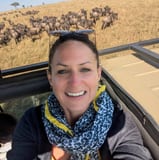

Can't decide where to go? Why not peruse some of our most popular destinations for inspiration then give us a call!
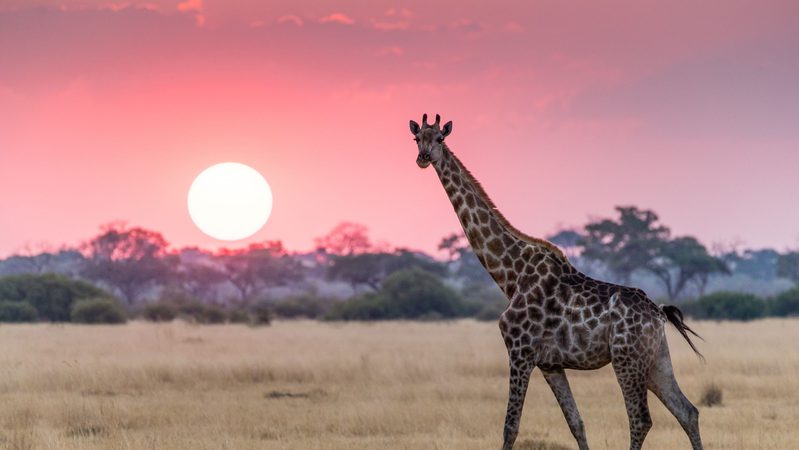
A diverse land brimming with superb safaris, pristine sandy beaches, towering snow-capped peaks and tropical underwater worlds is just waiting to welcome you

Australia offers vibrant cities, diverse landscapes, and iconic wonders like the Great Barrier Reef. New Zealand adds dramatic scenery, Maori culture, and relaxed charm. Together, they promise nature, adventure, culture, and warm hospitality.

If you're dreaming of an island getaway, look no further than the Caribbean with its gorgeous soft sand beaches and lively, diverse cultures.

Head to the amazing destination that is Central America, full of the knowledge of ancient civilizations, incredible mountains, and beautiful beaches.

Discover vibrant cultures, pristine beaches, and tantalizing flavours in the captivating travel haven that is East and Southeast Asia

Embark on a journey through the vibrant tapestry of India, Sri Lanka, and Bhutan—where ancient temples, lush tea plantations, and soaring Himalayan peaks promise unforgettable moments at every turn.
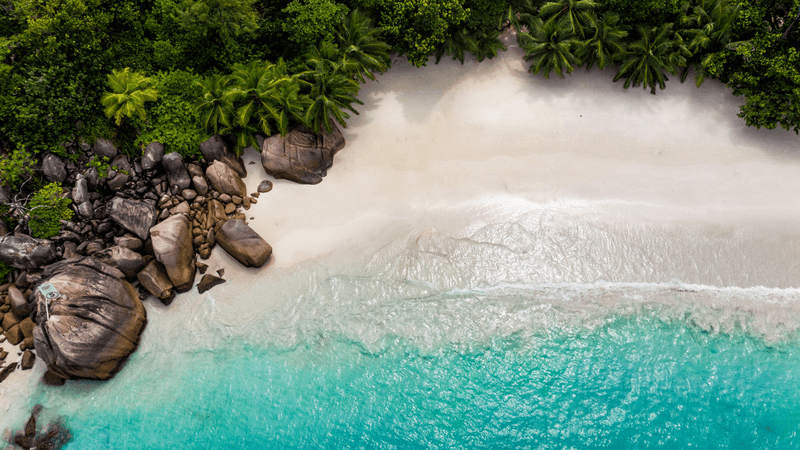
Picture yourself basking on sun-kissed beaches, sipping tropical cocktails beneath swaying palms —where crystal-clear lagoons and luxurious resorts cater to your every desire.

Experience world-class hospitality, mouthwatering cuisines, and the region’s deep-rooted cultural traditions for an unforgettable Middle East adventure.

Venture to the ends of the Earth and behold the icy majesty of polar landscapes. Discover pristine solitude, exhilarating expeditions, and breathtaking views that promise a memorable encounter with nature at its most dramatic
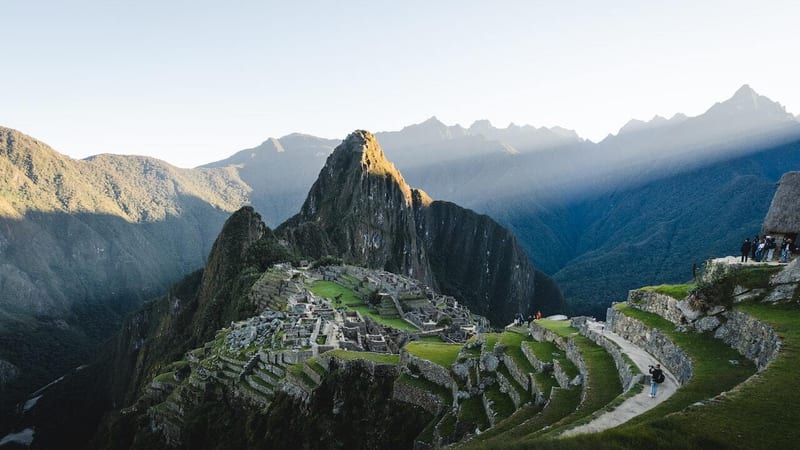
Journey into the heart of South America, where the rhythmic pulse of its vibrant cities meets the majesty of the Amazon rainforest and the timeless wonder of ancient civilizations.
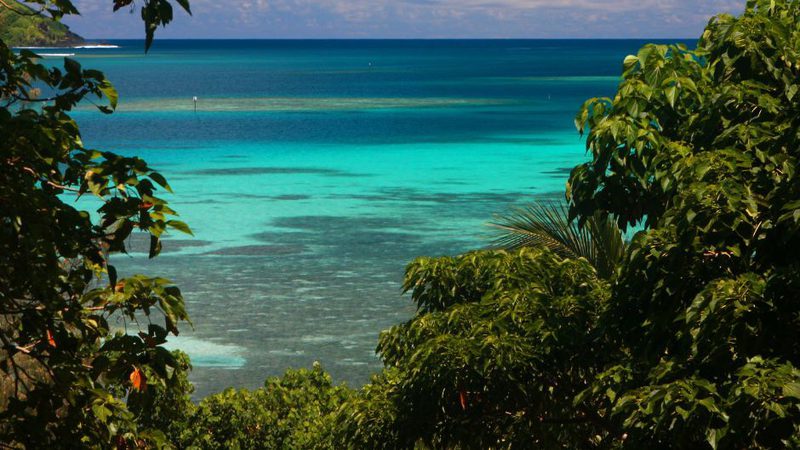
The South Pacific is a paradise of turquoise waters, white-sand beaches, and vibrant island cultures. From adventure and natural beauty to pure relaxation, each island offers its own unique charm and welcome.
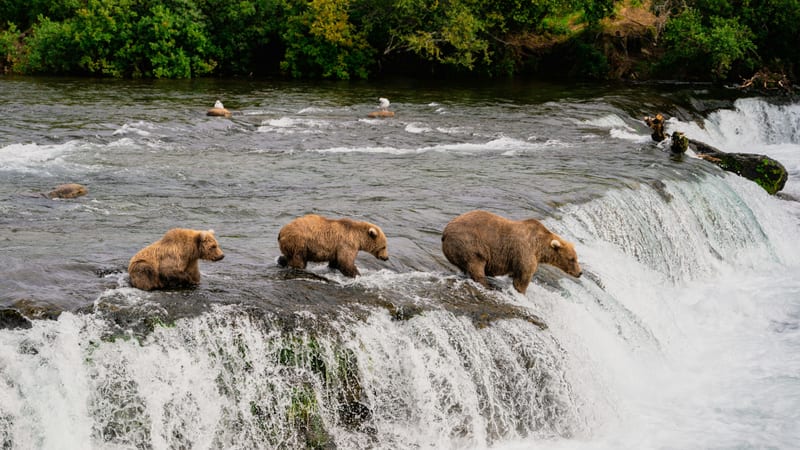
From the soaring plains of the Southwestern USA to the stunning landscapes of the expanses of Canada, visit some of the most impressive scenery in the world

If you are looking for a trip to knock iconic locations off your bucket list, check out our buck list recommendations
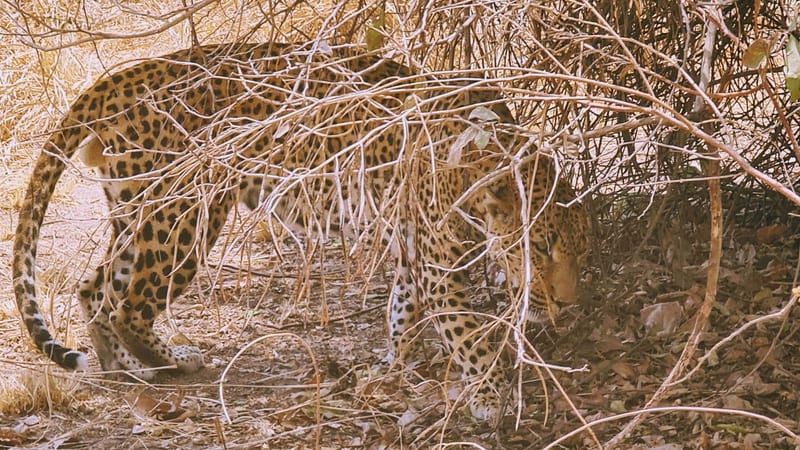
From the graceful stride of giraffes at sunrise to the echoing roars of lions beneath starlit skies, each of our safaris promises an unforgettable dance with nature.


Our family holidays are a perfect opportunity to create lasting memories, whether exploring new destinations or simply enjoying quality time together. From adventure-filled escapes to relaxing beach retreats, they offer a chance to reconnect and unwind away from daily routines.

Our luxury holidays offer the finest experiences, from exclusive resorts and private villas to tailor-made adventures with impeccable service.

For those seeking adventure beyond the usual tourist trails, our off-the-beaten-track trips take you to some of the world’s most remote and untouched destinations, where authentic cultural encounters and breathtaking landscapes await. Let us craft your unique journeys that few travellers ever experience.
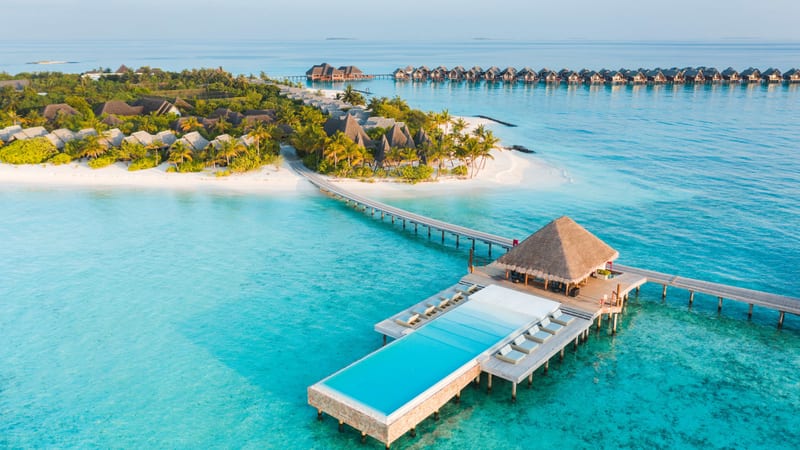
For the ultimate beach escape, we offer luxury holidays to some of the world’s most stunning coastal destinations, from the white-sand shores of Antigua to the turquoise waters of Zanzibar.

For those who crave excitement and exploration, our adventure holidays take you to some of the world’s most thrilling destinations, whether trekking through Patagonia, summiting Mount Kenya, or kayaking past icebergs in Antarctica.

Interested in something a bit more focused? How about a horse-riding holiday through Argentina? Or a photography safari? Look through our Special Interest holiday selection for inspiration

Our wildlife holidays invite you to step into unique ecosystems and experience amazing animal encounters. Whether spotting majestic tigers in the jungles of India or marvelling at polar bears in the Arctic, each trip promises awe-inspiring moments steeped in the magic of nature.

Our small group tours offer the perfect balance of expert-guided exploration and personal experience, taking you to incredible destinations with like-minded travellers. Whether it's a wildlife safari in Botswana, a cultural journey through Vietnam, or a chef-led expedition through India, our carefully curated itineraries ensure an intimate, enriching, and hassle-free experience.

Sustainability travel is at the core of what we do and a guiding principle in every choice we make as a business. Let us help you make sustainable travel choices
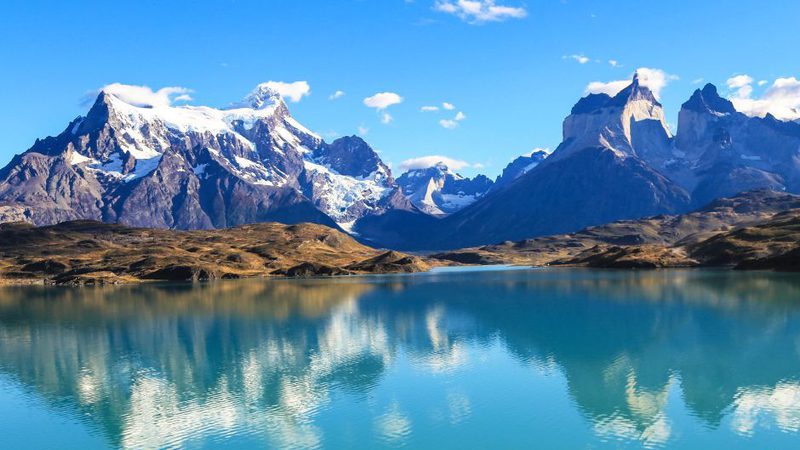
Read about what we do to make a difference
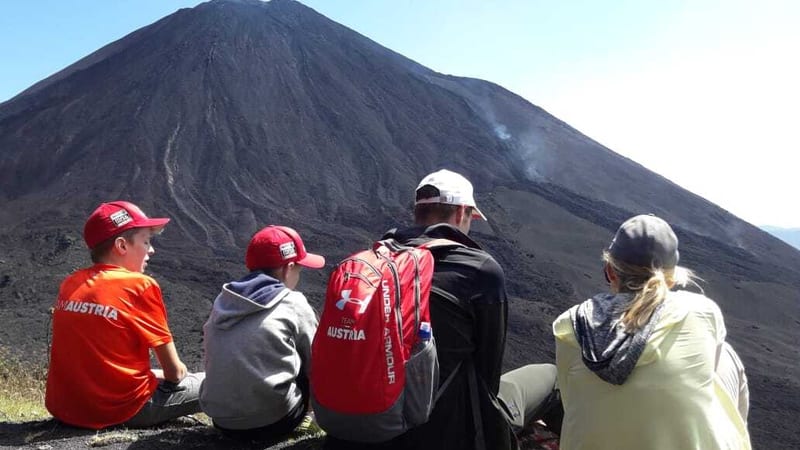
One of the most important parts of our commitment to responsible travel is protecting our clients, and it is a part that we take extremely seriously.
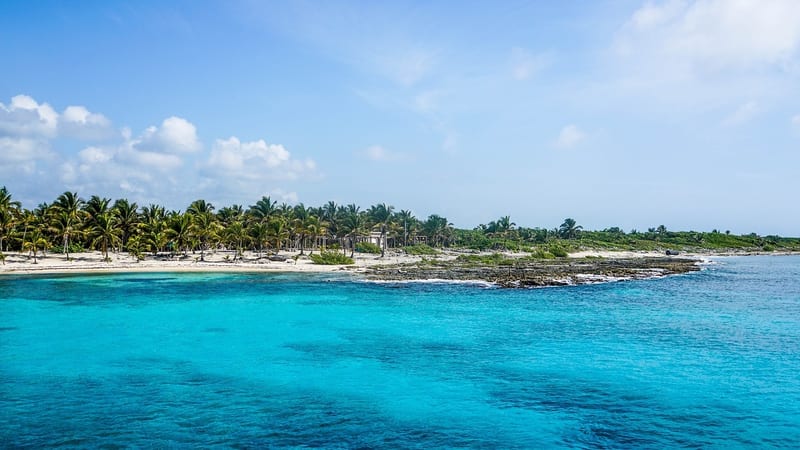
Not sure what's best for which time of year? Check out our expert-written guides

Looking for some expertise on your destination? Have a look through our selection of guides and articles written by our destination experts

Looking for more inspiration? Read from our range of hundreds of articles from our travel specialists, local guides, and personal travel tales.
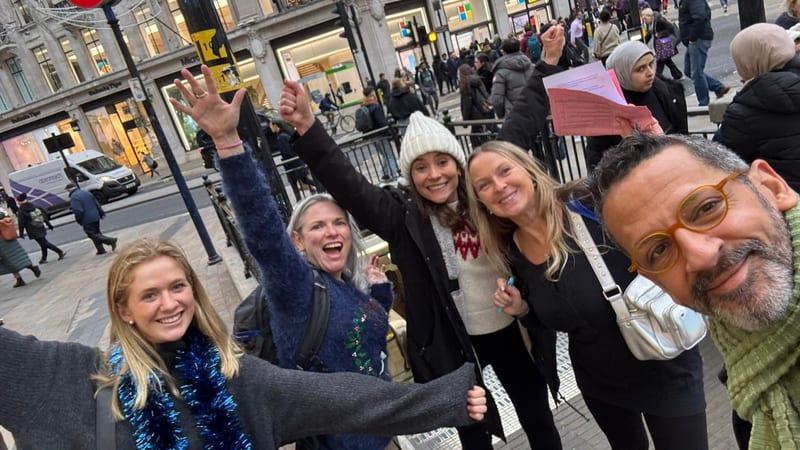
Our mission is to make every holiday special. We will do this whilst specifically aiming to minimise the environmental impact of our activity and maximise our opportunity to influence others to do the same.
Our Namibia expert, Peter tells you all you need to know about a rhino tracking experience in Namibia
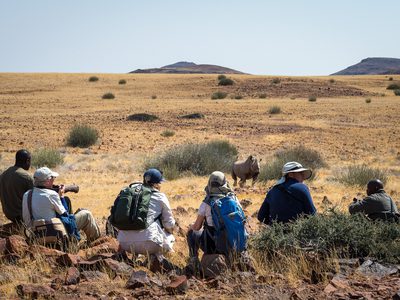
If you're interested in tracking rhinos in Damaraland, contact us today and we will create a trip tailored to your requirements.

At the time of writing this blog it is 5 year ago to the day I was tracking black rhino on foot in Namibia, yet I remember this like it was yesterday. When I got the opportunity to fly up to Namibia on holiday for a few days after a friend’s wedding in Cape Town, I jumped at the opportunity and glad I did.
There are very few places in Africa where you can step out of the vehicle and track rhino on foot. Damaraland in Namibia is home to Africa’s largest population of black rhino (over 35% can be found here), so anyone looking to spend time with and watch these incredible animals should be putting this destination at the top of their list.
With populations of rhinos very much under threat, their whereabouts is often kept secret. In countries such as Namibia and Botswana, the vast expanses of wilderness mean that regular game drives and other activities may not visit specific areas or come across certain rhino for days at a time. With this in mind, a number of dedicated anti-poaching units have been set up to patrol the reserves where rhino are found, staying close to the animals at all times and ensuring their protection from poachers.
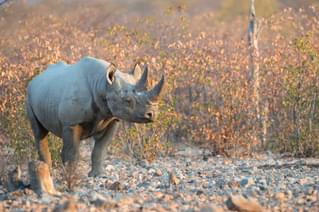
With little grass, the arid Damaraland region in Northern Namibia is the perfect habitat for the desert adapted black rhino. Black rhino are distinguished by their hooked lower lip which is perfect for stripping low branches of their leaves whereas white rhino are easy to spot with their wider bottom lip which allows them to eat the grasses from the desert floor easily. Black rhino are regarded as “browsers” when they feed, with white rhino regarded as “grazers”. Indeed, their names black and white rhino don’t come from their colour, but from the Afrikaans word “weit” – meaning wide, which aptly describes a white rhinos jaw structure. Incredibly, these desert adapted black rhino can survive without water for 2-3 days.
Once listed as critically endangered, black rhino populations in Namibia have increased dramatically thanks to a conservation partnership between local communities and eco-tourism efforts. As of March 2020 there were 2,188 black rhino recorded in Namibia, a rise of 11% from the number found there in 2012.
The Palmwag Concession in Damaraland is huge, with a protected area of roughly 25,000 km2 and although numbers are slowly on the increase, these huge animals are still surprisingly elusive. These huge areas are also a key to their conservation success. With little or no people around in such a vast area, the rhinos go about their daily lives undisturbed.

Another spot for rhino tracking is Grootberg Conservancy, also located in Damaraland and recently recognised for its work in rhino conservation by the Ministry of Environment and Tourism. Although less well-known than the Palmwag Concession, it is an important area for rhino conservation and one where rhino numbers are steadily on the rise.
.
Namibia doesn’t only have a healthy population of black rhino, but also white rhino. Many of you may have seen footage of photos of numerous rhino coming down to the waterholes to drink and socialise at night and much of this would have been shot in Namibia. Etosha National Park is fantastic for this with a number of rest camps and camping sites with viewing areas overlooking very active floodlit waterholes. In fact this is where much of the BBC David Attenborough series ‘Africa’ was shot, with the rhino interactions nicknamed ‘secret parties’ around the edge of the waterholes. These sightings are particularly common during the dry season (May to October).
Namibia has becoming increasingly popular over the last 10 years, especially with the boom of self drives safaris. With a good network of relatively well-maintained and safe roads its diverse ecosystems, national parks and wildlife are now accessible to most people helping to fund a number of excellent conservation projects, not least the Save The Rhino Foundation.
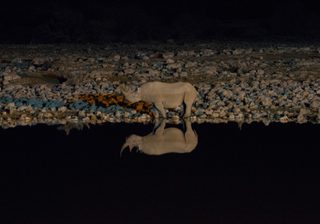
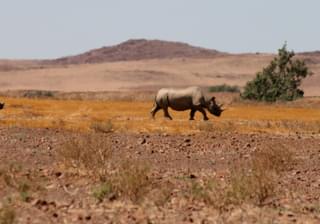
When it comes to clothing for your trip and in particular the rhino tracking experience, I would always suggest closed shoes, this is for two reasons. The first being that in Africa the majority of tree, plants and bushes tend to have thorns or spikes to provide them with some protection from the large number of herbivores which can be found looking for both food and water. This is particularly true in the case of a desert environment such as Namibia. When these pierce you shoes they often go all the way through and are difficult to get out. Secondly is in case you need to move quickly or make a quick escape, it is much easier to do this in sturdy shoes rather than sandals or flip-flops.
With regards to clothing, neutral colours such as dark greens, sand or brown colours work best. Neutral colours blend into the surrounding environment and work much better at hiding your silhouette and not startling the animal. You will also want to pack warm clothing, although you are in the desert, night time temperatures can drop well below zero and will often take a while to warm up in the mornings. I would suggest wearing lots of layers so you can gradually peel them off as the temperatures increase.
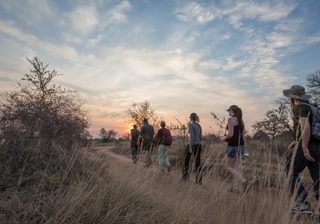
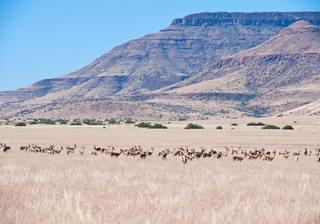
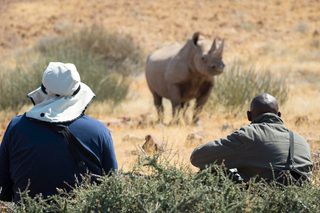
In terms of the rhino tracking itself, this is usually done in the morning when it is cooler and the rhinos are at their most active, feeding and drinking before seeking cover from the heat of the day. Tracking is usually done in groups of 8 or fewer and with two trackers.
After an early rise and a quick breakfast your guide will introduce you to a representative from the Save the Rhino Trust who will help find the rhino in the morning. Sightings are certainly not guaranteed but the chances are high. As you watch the sun come up and the light change over the surrounding hills and rocky outcrops, the golden light makes for incredible photography as you drive looking for rhino. There is also plenty of wildlife to see whilst you are searching, species such as hyena, zebra, giraffe, springbok, elephant and even on the morning of our drive, lion! Due to the focus on finding rhino, you will not spend too long stopping to admire the other animals, so that you can maximize your time and chance of find, and tracking rhino.
Once you come across the rhino or recent tracks of one, you will then park a distance away so not to disturb it and gradually get closer on foot. Despite the landscape being relatively barren, rhinos are incredibly good at blending into rocks and bushes, so having trackers on hand to help you spot them is essential. Rhinos have poor eyesight, but an excellent sense of smell and hearing, so a key to tracking them is to stay downwind of them.
The plight of the rhino during the ongoing poaching epidemic is well documented, so these walks are a chance to learn more about these efforts, as well as the animals themselves. Your ranger will tell you more about how the rhinos have adapted over time to life in this harsh, seemingly waterless environment and answer your questions about them. Undoubtedly a highlight of any trip to Namibia, these walks are an experience that is certainly not to be missed.
Once at a safe spot with a good view of the rhino you will then have 10 minutes to spend watching and observing whilst it goes about its business. I would suggest putting a long lens on your camera to maximize your photos here.
Be careful uploading any photos you have to social media, poachers sometimes use social media to identify where rhinos are so this is advised against.

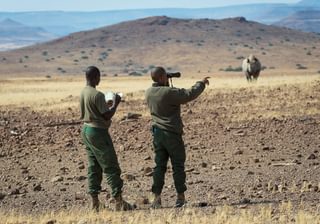
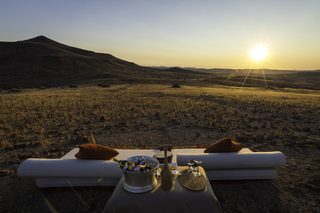
Desert Rhino Camp is set in the 25,000km2 Palmwag Concession in Damaraland and is a collaboration between Wilderness Safaris and the Save the Rhino Foundation. The camp is very remote and feels like you have arrived in the middle of nowhere, overlooking what can only be described as a vast expanse of nothing, similar to what you can imagine the surface of Mars being like. It is not until your first game drive that you really get to see how much incredible wildlife there really is. With the typical ‘Wilderness finish’, guests can expect a well-maintained, impeccably run camp.

Grootberg Lodge, located in Grootberg Conservancy in Damaraland is wholly owned by the local community and run by Journeys Namibia. Overlooking the breathtaking Klip River Valley, Grootberg Lodge boasts arguably the best view of any lodge in Namibia. Your hosts at Grootberg Lodge are employed from the surrounding area and provide a friendly, relaxed home away from home atmosphere. The lodge itself has an authentic African style, with high thatched ceilings and incredible views down the valley from all the bedrooms as well as the sparkling infinity pool.
Rhino tracking is undertaken directly from the lodge and is a combination of walking and driving amidst the cliffs and the volcanic basalt ridges of the Damaraland Region with a lunchtime stop near the springs.
If you do not have the budget, availability, or time to go rhino tracking, then I would very much suggest making your way up to Etosha National Park which has a large population of black and white rhino which can often be found around the numerous waterholes in the area. Camps such as Okakuejo Rest Camp and Ongava Tented Camp are highly recommended.
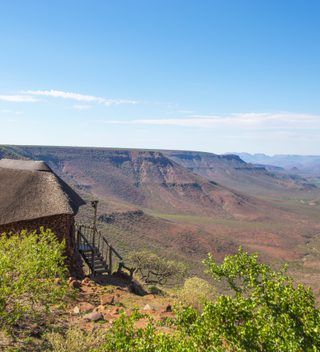
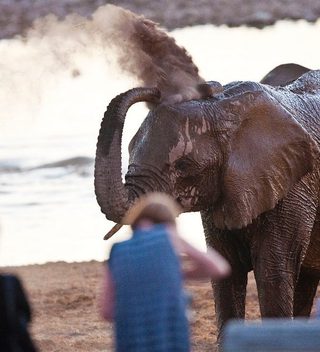
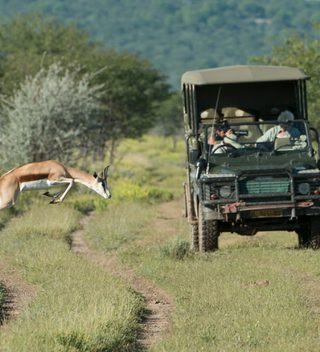
Whatever your budget, time constraints or goal for your trip Namibia caters for all, however it can be a bit of a mine field when coming to book, especially with the long distances and many camps not sharing their availability online. If you would like helping planning your trip, give you team a call today on 01768 603 715.
and start planning your tailor-made holiday


What can I say….my son and myself had the most wonderful time in Kenya thanks to the first-class itinerary that Ben and Louise put together for us. We spoke with Ben many times to ensure he ‘got it right’. This was our 2nd visit to Kenya, and it certainly lived up to our expectations and memories. Nothing was too much trouble for all the staff; we cannot have been looked after any better. I would highly recommend Far and Wild; they are so knowledgeable and have personally visited the lodges and areas. We are already planning another visit, and we cannot wait.
I have just returned from the most amazing trip to Tanzania, booked with Far & Wild. Everything went so smoothly from the first time I spoke with them. The planning was great, the itinerary was perfect for us, and the lodges were amazing. We spent 10 nights with an amazing guide, travelling through Northern Tanzania and even got to see the migration, which was a lifetime ambition of mine. This wasn't our first safari, so we were nervous as to how it would compare, but it was spot on. I will certainly be using them again to book our next trip....we're thinking of a relaxing beach stay next time to get over the excitement of safari!
Just back from another amazing F&W organised trip to Namibia with the family (8 adults). Having been there before, Alistair tailored our trip to include our favourite locations and added a new one for us, which we loved.The quality of accommodation and guiding, activities, food and drinks was exceptional throughout. It was good value for the level of luxury we had.
We had a wonderful trip to São Tomé and Príncipe - a small island nation in the Gulf of Guinea with paradise (almost empty) beaches and jungle forest. It was all well organised by Far and Wild and we stayed at a great combination of different types of resorts/hotels. We really recommend this for those who want to experience a pristine destination with few other tourists and friendly and welcoming people. The islands also feel very safe. At Principe, there are no dangerous animals, snakes or whatever, and it was great to be able to hike in the jungle without being very conscious of where to put your hands and feet. Go before everyone else does!
Back home again, basking in the joys of a superb safari. Every aspect you arranged for us, including linking up with Mack Air and Wild Horizons locally to transport us. The choice of camps was ideally situated, comfortable, in good surroundings, and with excellent wildlife on the doorstep and throughout the wider country. The service staff in each looked after us very well, catering was excellent, and the game guides were professional, knowledgeable and helpful. You made us happy, and we recommend you to similar safari enthusiasts with confidence.
Far and Wild went above and beyond to make sure my trip to Zambia was special. I would definitely recommend them and their services to anyone wanting to travel to Africa.
Lovely holiday at the amazing Almanara on Galu beach, a beach like no other. Far and Wild excelled themselves from beginning to end of our holiday in beautiful Kenya.... What a country!,
Wow! These guys are amazing. Can’t recommend them highly enough. Friendly AND efficient! Sorted out our trip (last minute and lots of different family member needs, sorry!) in record time and everything worked like clockwork. Trip of a lifetime to the Masai Mara. Will be back (and use F&W again!)!
It was a dreamy holiday on the Kenyan Coast - Far and Wild, their efficiency and professionalism allowed us to relax and be the happiest family alive !! We cannot fault them, their care and understanding of what we wanted from a holiday ensured we had the most memorable trip. We will be booking with them again for sure!
Get travel tips directly to your inbox every week
Give us a call on 0203 111 1315 or fill in the form below and we’ll be in touch.